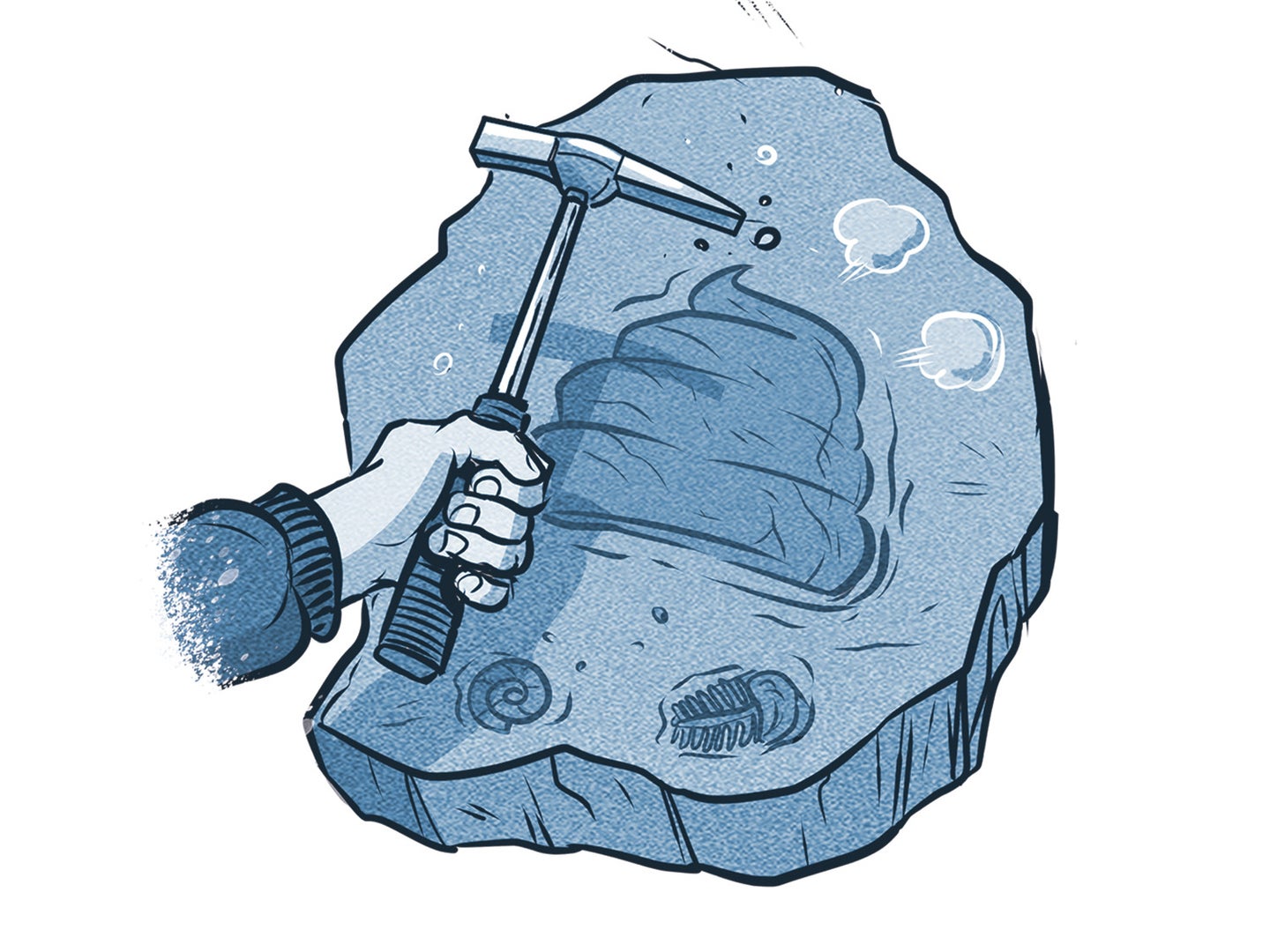There’s a lot we can learn from ancient excrement
Sometimes, the poop finds you.

Jack Tseng, assistant professor in the department of pathology and anatomical sciences at the University of Buffalo
We paleontologists have always loved bones, but that’s sometimes caused us to overlook another important resource: coprolites, the technical term for fossilized poop.
I like to think I have an eye for ancient excrement, but it can be incredibly difficult to find. Sometimes, though, the poo finds you.
This past year, I was in southwestern Wyoming searching for fossils in 50-million-year-old sediment. Snow, rain, and wind are constantly eroding the sandstone slopes. It gets extremely slippery. As I was coming down a steep hill, I started to fall and instinctively grasped what I thought was a sturdy rock. But the stone came out in my hand, and I tumbled right down. When I got up, I realized the stone was one of the largest coprolites I’d ever found. It had a consistent texture, no skeletal bits sticking out, and was the size of a hearty calzone, all of which suggests it came from a large herbivore.
We found a few more coprolites in that area, so we think it was a watering hole or a nesting ground—and ideal for preserving poop.
As told to Claire Maldarelli
This article was originally published in the Summer 2019 Make It Last issue of Popular Science.
